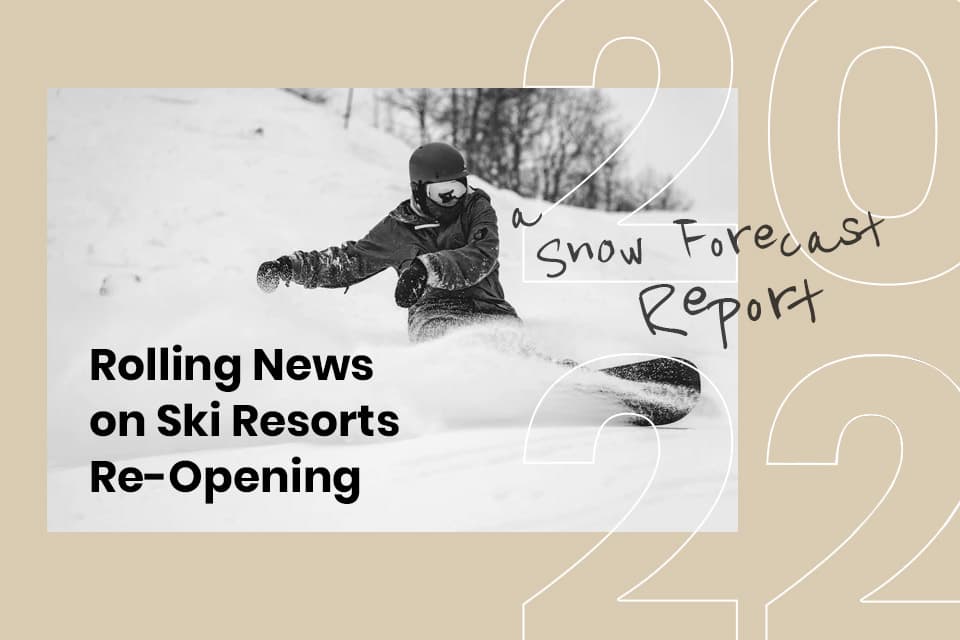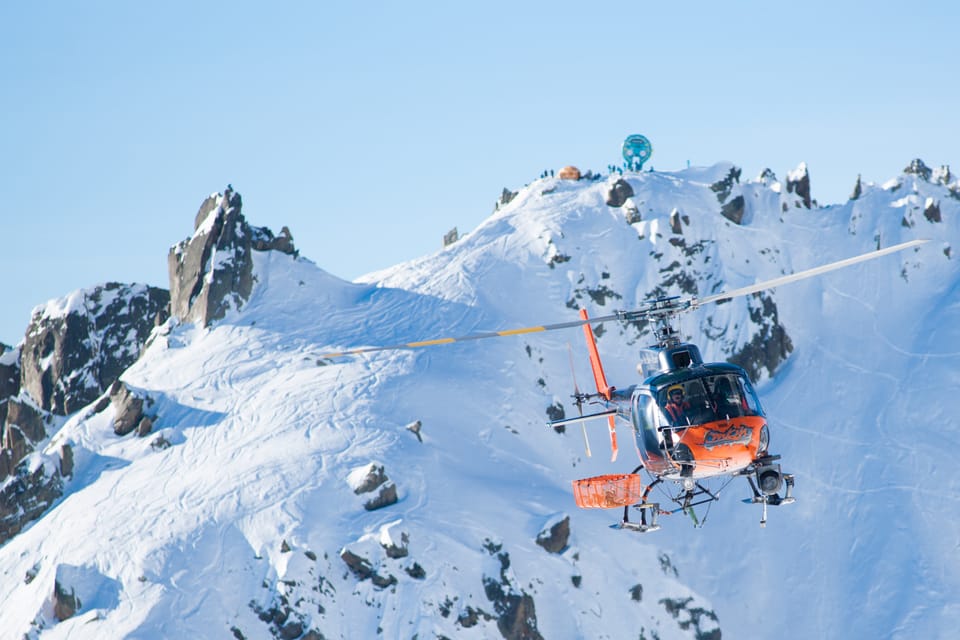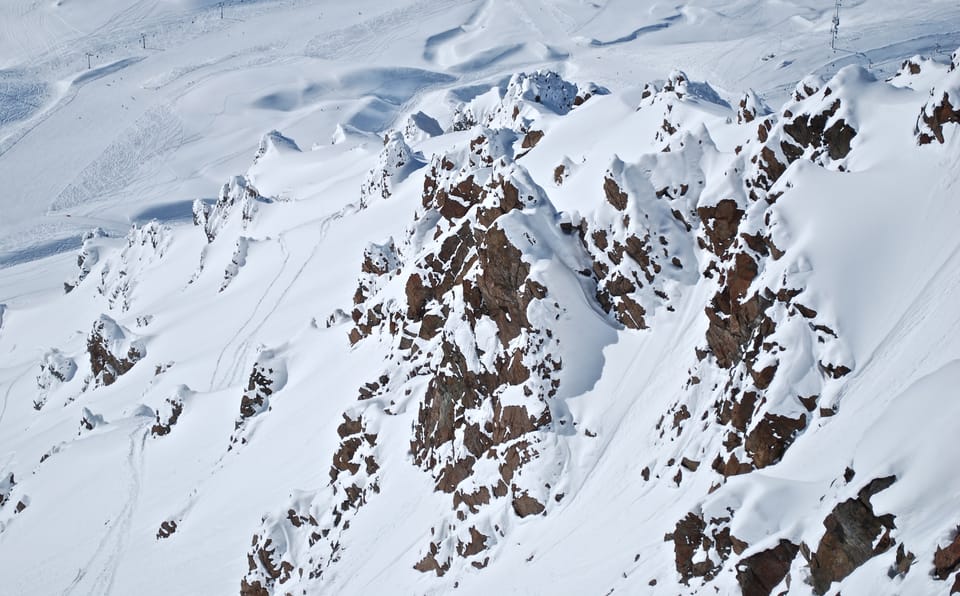UN Forecasts Faster Melting Glaciers and Rising Snowlines

The first major report from The Intergovernmental Panel on Climate Change (IPCC), a group of scientists convened by the United Nations (UN), for eight-years, paints an alarming picture for our planet’s climate in the near future.
The Sixth Assessment Report makes clear that mankind’s failure to address damage being caused to the planet means that global warming will now intensify for decades to come, even if countries still choose to avoid taking serious action. The scientists warm that only drastic action can still prevent some of the worst-case scenarios.
Global warming of 1.5C is now considered a near certainty by 2050 but allowing a greater increase of up to 4C, permanently melting vast polar ice sheets as well as mountain glacier and leaving the Arctic Ocean ice free.
The report states that the current level of temperature rise in the mountains, retreating snowlines and glacial melt are unprecedented in 2,000 years. The retreat of glaciers is now attributed to human influence, it states.
Dr Friederike Otto, who is the Associate Director of the Environment Change Institute, University of Oxford and one of the authors of the report, said, “Human influence has been responsible for the retreat of mountain glaciers in the 20th century. Glaciers are one of the slowest responding parts of the climate system. The retreat of glaciers being seen now are a result of the actions of the past and not an immediate effect. So even if we were to stop emissions right now, we should expect to see the continued retreat of glaciers over the coming decade. Of course, if its business as usual and emissions are not curtailed, this retreat will be even faster.”
Although global average annual warming might be 1-2C by 2050, variations could see rises of up to 6C in some areas in winter and greater rises at the poles.
The IPCC’s assessment found that the freezing level height in mountain areas is projected to rise and this will alter the snow and ice conditions. A rise in temperature has been recorded in the Himalayas, the Swiss Alps and the central Andes, and this has increased with altitude. Such elevation-dependent warming will lead to faster changes in the snowline, the glacier equilibrium-line altitude and the snow/rain transition height. It is also virtually certain that the snow cover will decline over most land regions during the 21st century, in terms of water equivalent, extent and annual duration, the report added.
World leaders will gather in Scotland this autumn to discuss action on climate change. Stronger pledges are expected but the IPCC say it is too late to stop damage forecast over the next 20-30 years and only much more serious initiatives worldwide can stop more catastrophic consequences later this century.
“As the climate moves away from its past and current states, we will experience extreme events that are unprecedented, either in magnitude, frequency, timing or location,” a briefing document accompanying the report states.
“The frequency of these unprecedented extreme events will increase with increasing global warming. Additionally, the combined occurrence of multiple unprecedented extremes may result in large and unprecedented impacts.”
Retreating snowlines and melting glaciers is a cause for alarm as this can cause a change in the water cycle, the precipitation patterns, increased floods as well as an increased scarcity of water in the future in the states across the Himalayas.
(Image credit Simon Berger)




